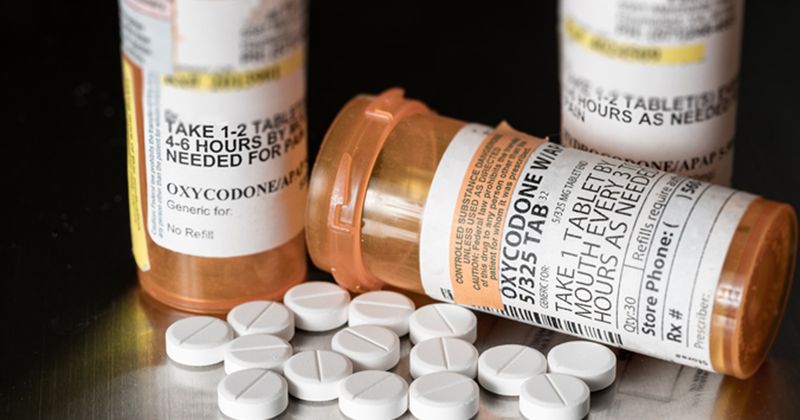Algorithm can detect opioid use disorder before clinical diagnosis
Researchers have developed a machine-learning algorithm that can predict opioid use disorder in patients prior to clinical diagnosis, according to a study published in Pharmacology Research & Perspectives.
“Opioid use disorder has led a very serious epidemic in the U.S. and many other countries, with devastating rates of morbidity and mortality due to missed and delayed diagnoses,” Gideon Koren, MD, of Ariel University, Israel, said in a press release. “The novel ability of our algorithm to identify affected individuals earlier will likely save lives and health care costs.”

Koren and colleagues analyzed commercial insurance claims in a U.S. health maintenance organization’s database that were made from January 2005 to December 2018. The claims included data on medical insurance claims for reimbursement, personal diagnoses and pharmacy purchases.
Ten million claims from 550,000 patient records were included in the study sample. The researchers defined opioid use disorder diagnosis as having at least two defining problems of OUD, including continued opioid use despite worsening physical or psychological health, continued opioid use causing social and interpersonal consequences, difficulty completing professional or school work, typically taking more opioids than intended and being unable to decrease the amount of opioids used.
Participants were divided into training and testing samples, with 70% assigned to the training sample and 30% assigned to the testing sample. The prevalence of OUD was 2.53% in both groups.
Koren and colleagues used both the Word2Vec algorithm and the Gradient Boosting trees algorithm for their model.
The researchers compiled 436 predictor candidates that were divided into six groups: demographics, chronic conditions, features of diagnosis and procedures, features of medications, medical cost and number of episodes.
Koren and colleagues identified significant differences between the OUD-positive patients and controls in the mean yearly amount of opioid use days (87.63 days vs. 11.96 days), the number of overlapping prescriptions they had each year (10.7 vs. 1.76), the mean annual number of opioid prescriptions (3.66 vs. 0.64), and their annual prescriptions of benzodiazepine and muscle relaxants (1.78 vs. 0.48).
They also found notable differences between those with OUD disorder and controls in the annual number of complaints related to intervertebral disc disorder (0.94 vs. 0.22), diagnoses of post-laminectomy syndrome and pain disorder diagnoses (0.41 vs. 0.04).
The researchers reported significant differences between those with OUD and those without in the number of outpatient visits (14.8 vs. 10.19), visits to the ER (0.82 vs. 0.31), total cost ($31,242.8 vs. $16,266.4), and ER costs (14,981.8 vs. 6,873.4).
They determined that the model’s c-statistic was 0.959. The model’s sensitivity was 0.85, the specificity was 0.882, the positive predictive value was 0.362, and the negative predictive value was 0.998.
After the model was implemented, they used fitted-model weights to assess the time their algorithms identified patients as OUD-positive before a physician diagnosis was made.
Koren and colleagues said their algorithm diagnosed OUD a mean of 14.4 months before a physician diagnosis was made. This suggests that in addition to reducing time to diagnosis, the algorithm has the potential to substantially save medical costs, morbidity and suffering, according to the researchers.
“The way this new algorithm can be optimally utilized is that, when a patient reaches the algorithm threshold for being at risk for OUD, a warning message will be sent electronically to the physician, who will initiate an investigation of the specific context of the individual in order to hasten the establishment of diagnosis and initiate management and therapy when appropriate,” they wrote.
References:
Segal Z. Pharmacol Res Perspect. 2020;doi:10.1002/prp2.669.

